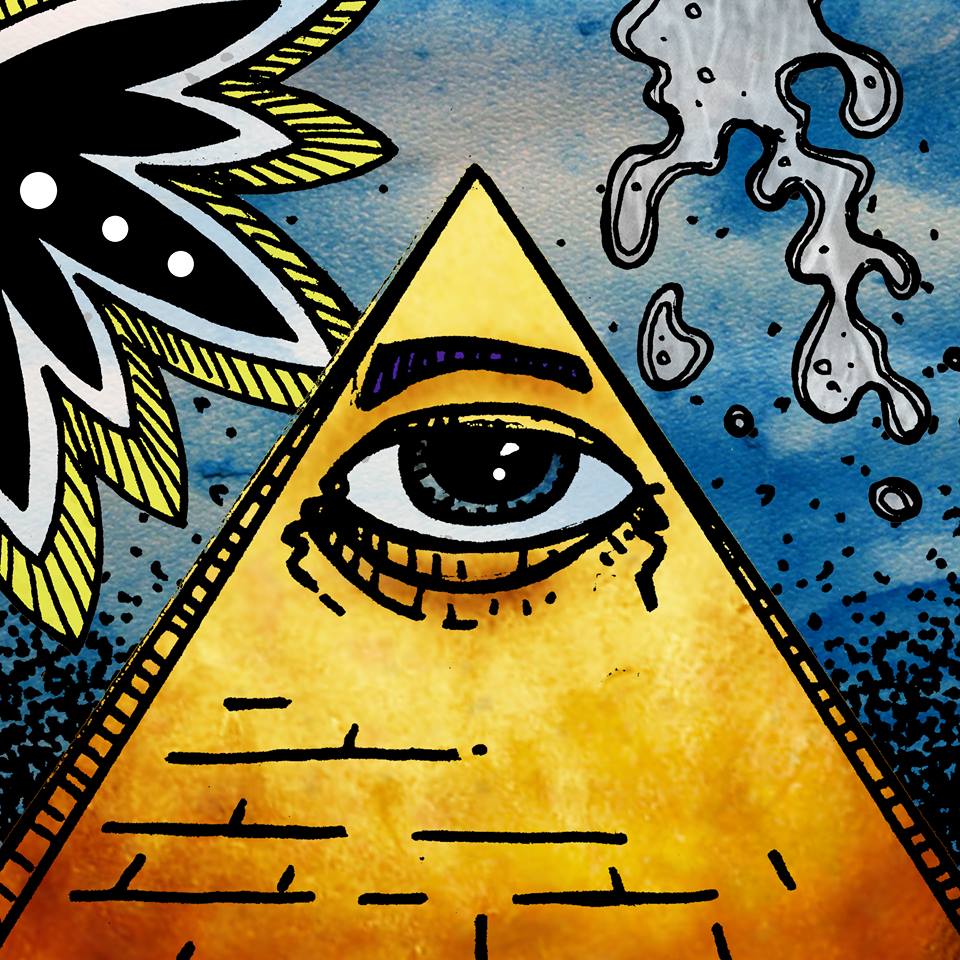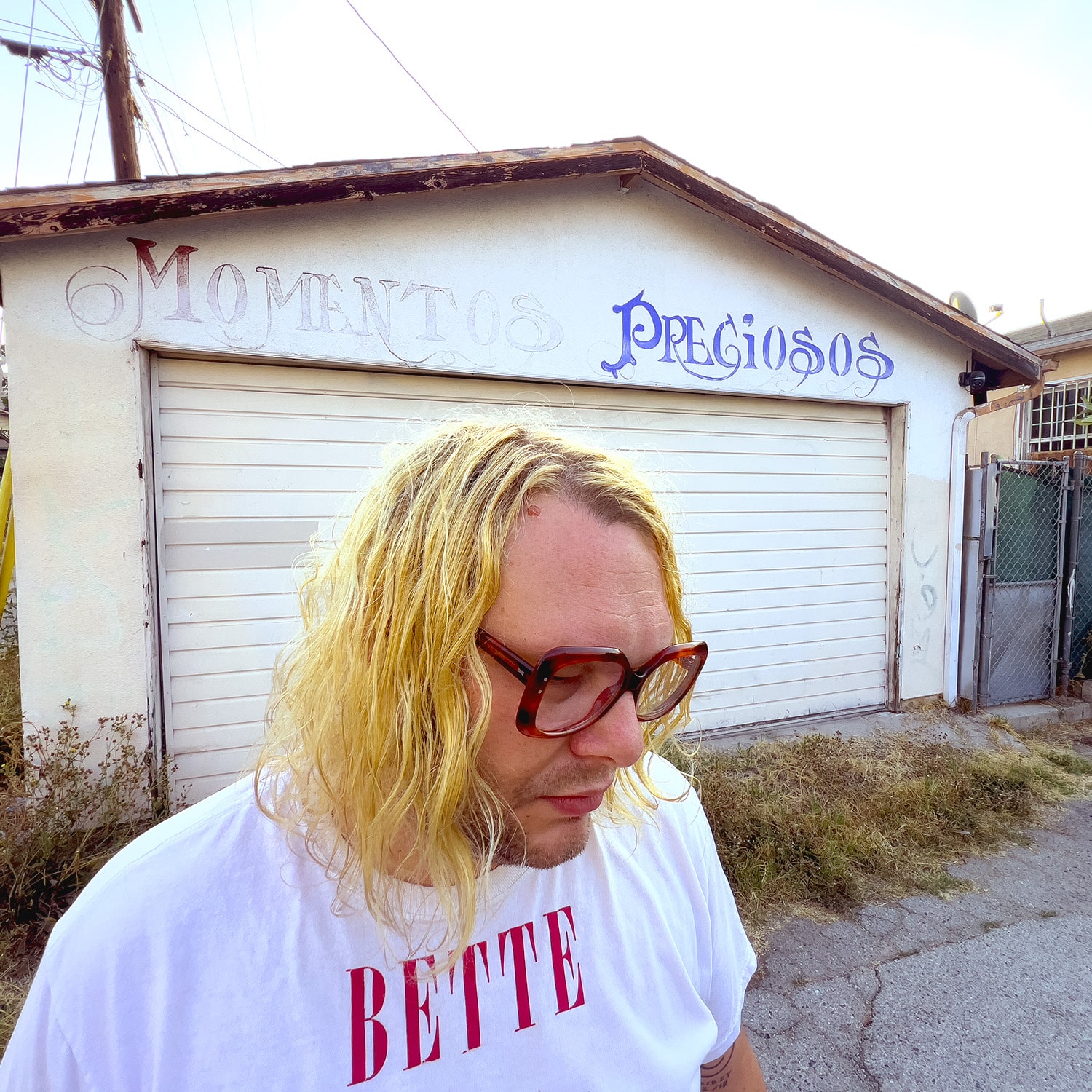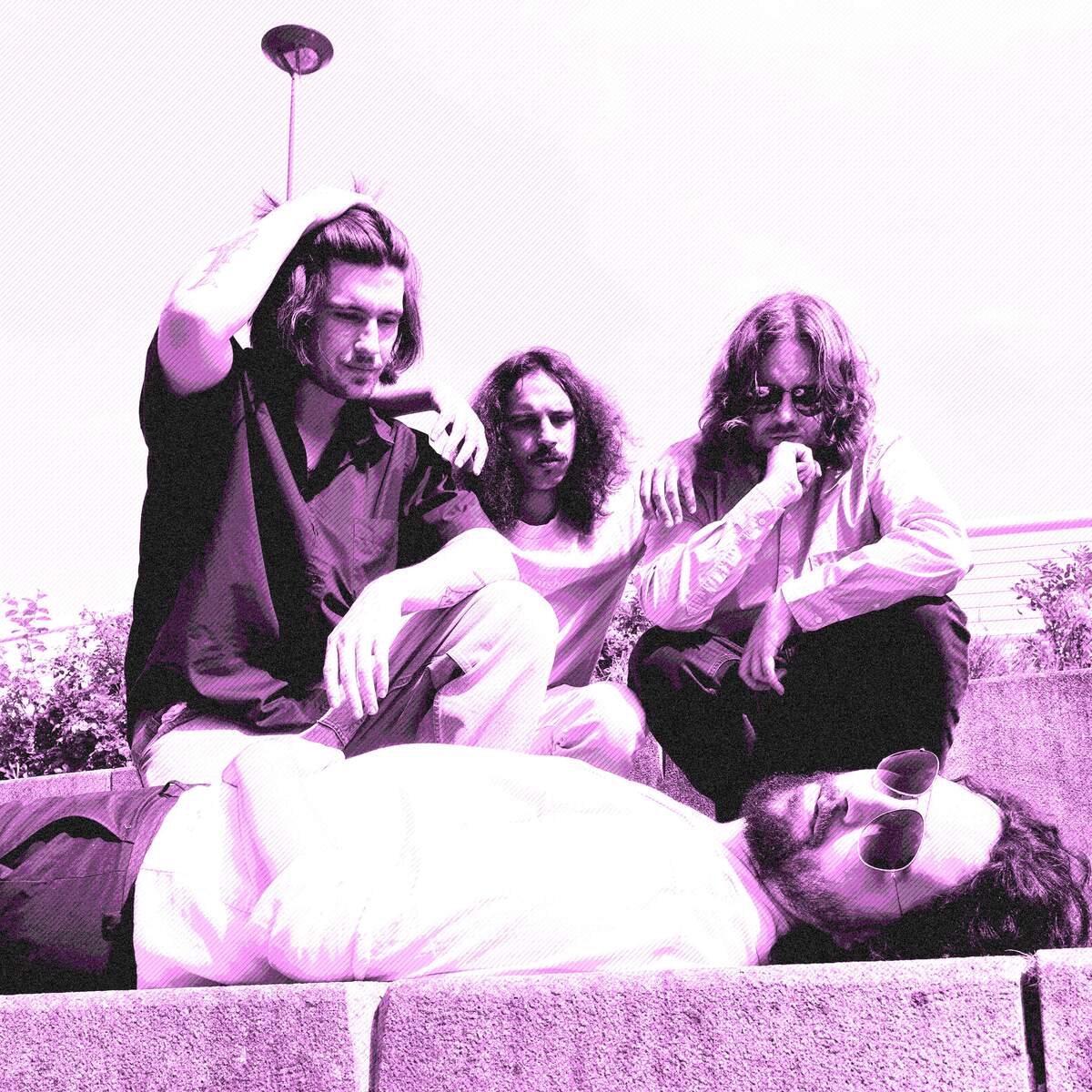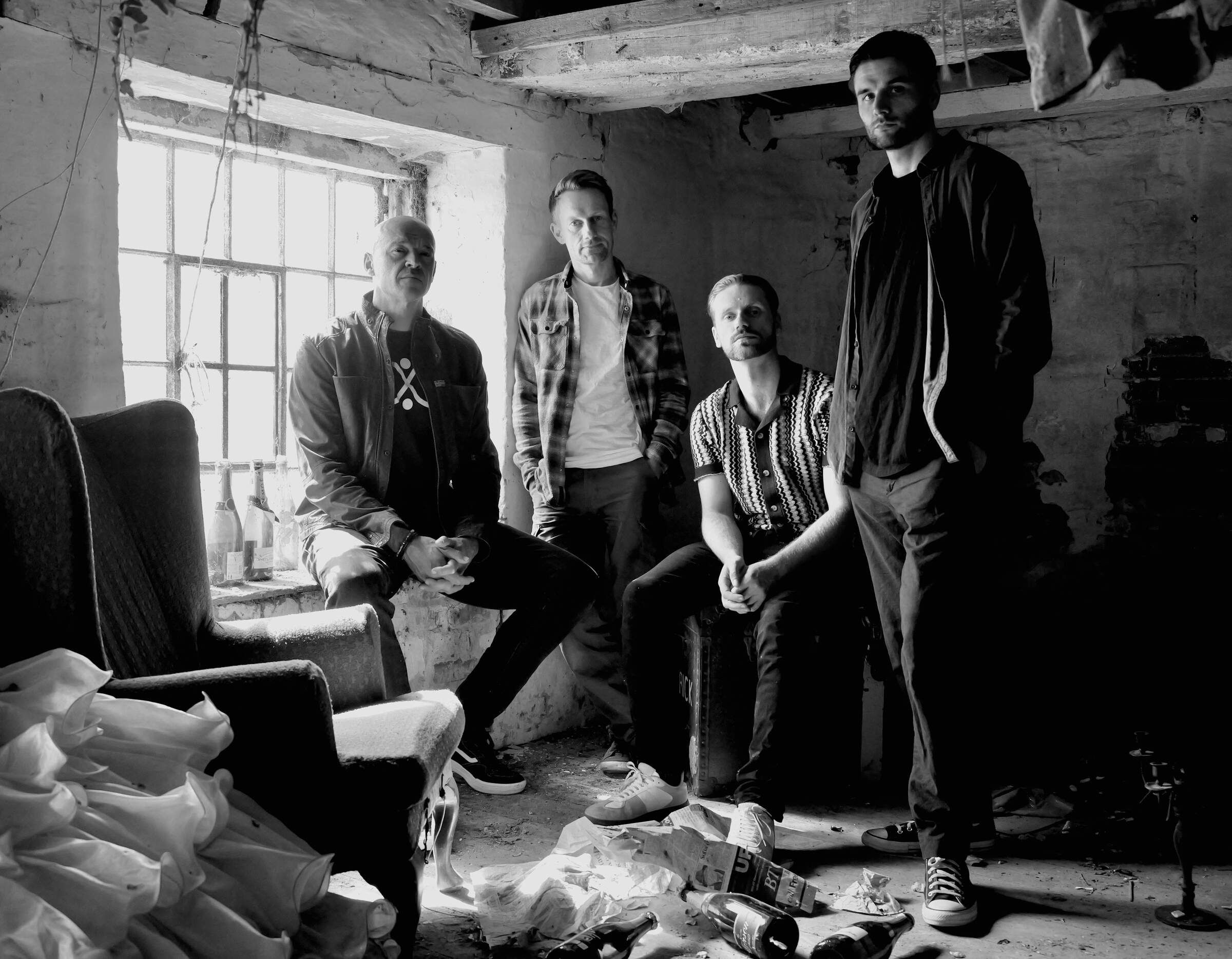Blaastaal
Finding a tiny piece of gold in all that daily trash
An interview in English about a record in Flemish? An album about horses. With two dicks on the cover, and horses. Why not, of course.
Why a concept LP about horses?
Since the beginning of the Blaastaal emmisions on Radio Centraal in 2007 Mik Prims, who was my blaascollegue until 2015, and I made a lot of jokes about horses. Our first jingle was ‘106.7 gram van ‘t paardje’, which refers to the fact that in Antwerp exists the habit of eating horse meat and the frequency of Radio Centraal.
Years later now I share the little gallery ‘Troebel Neyntje’ with Idris Sevenans on the Paardenmarkt in Antwerp. It seemed funny to do a concept album about The Horse Market. So I went through the Blaastaal archives to scan everything with horses and made a new collage out of that.
Was the cover your idea?
I had 0% involvement in the artwork.
Blaastaal was a duo until last year. Why did Mik Prins leave?
After 10 years the formula of working together in the radio studio got worn out. It felt to me that Mik did not have the same urge to create than I had. It frustrated me in the end and we decided that I should go on alone. Fortunately without hard feelings, we ‘re still good friends.
You presented Blaastaal live and on record, but it’s a radio show in the first place. Why did you decide to make Blaastaal as a radio show?
Blaastaal started out with the CDr ‘Ik Dank U Voor Uw Luistergenot’ in 2005. A compilation of old tape recordings my nephew Pieter Hemerijck made in the early 1980’s of the Antwerp local station Radio Zuiderlicht. All my live I had been playing with tapes and recordings and now I was learning to work with a computer to make edits. I laughed my ass off making it although it was a hell of a job going through all this old tapes and searching for that 1% of usable stuff. The CDr got some good reactions and Dennis Tyfus convinced me to do a radio show. I hardly knew how a radio mix deck worked so I asked my old pal Mik to join, with whom I exchanged a lot of radio edits, music and abstract jams over the years. We mostly made the intro’s of the show together. We prepared a lot separately and we edited our own small language-collages. We brought these collages to the radio studio to surprise each other. We mixed these things live on the spot with all kinds of sounds and weird music. Sometimes it was chaos, sometimes something wonderful came to live. It’s a lot of turntables, CD players, tapes, toy instruments etc working at the same time, with a lot of coincidence and improvisation.
Why do you mainly use voice samples in Dutch?
There’s a whole treasure of random bullshit to build pieces with, to turn everyday media banality like traffic information, weather forecast into surrealist poetry. It doesn’t have to be Dutch but it just turns out that way. Be glad I want to do this interview in English…
Where do you get the recordings you use? The library? Lp’s at flea markets? The internet?
Everywhere, indeed flea markets, internet etc. I hate listening to the radio but I record it often while I’m not home. When I get back I have some hours of random radio shit to shift out to search for stupid language. I must be crazy, it’s in fact too much work but the laughter is so good when you find a tiny piece of gold in all that daily trash. There’s also some record stores in Antwerp that keep all the language courses apart for me. Local TV stations like ATV are also a source of great idiocy. Friends sometimes share a link to me when they find some Blaastaal worthy stuff somewhere.
Does it take a lot of time to make Blaastaal?
Sometimes it’s really a lot of work. I don’t always have the time so some shows are more improvised on the spot. Or sometimes I re-use parts in different combinations. Sometimes I edit very quick, other times I’m really busy for hours to get a few seconds right. For the ‘Paardenmarkt’ LP I had some finished pieces from the radio shows but I wanted to get it right of course. So I worked quite a bit on it. For years I wanted to have a vinyl release out. Finally the first one is here. But I would like to bring out a lot more. The archives are getting huge…
The recordings you use are often everyday recordings, but because you put them in the context of an audio collage, it becomes surreal, absurd, funny. Do you think that, by changing the context, you change the meaning?
Yes. I want to strip the language of it’s ‘meaning’ to make it abstract and absurd. I want to create a new ‘meaning’. Approximately 89,7% of language is completely stupid. Even most of the things I say in this interview. But I have to I guess. In English even…
Making the everyday, the ordinary, the mondain into art is a fluxus, dada and non-art kind of idea. Is that your background, your inspiration?
Yes. And also the fact that I’m rather deaf. If I don’t comprehend what people say I immediately make my own interpretation with the sounds I hear.
I also listened a lot to early Residents, Stockhausen And Walkman, People Like Us, Wevie Stonder, Ton Lebbink, Jaap Blonk, John S Hall, Kamagurka’s music… people who turn language inside out.
When you started out with Blaastaal ten years ago, it was the only radio show made this way. Now there are several people doing these kind of stuff: Gerard Herman, Joris De Rycke, Bert Huyghe, De Occasio’s,… Do you see these people as your students?
That’s a compliment. Maybe. I don’t know. Partly true but I think it’s in the air anyway. We all copy and paste.
https://ultraeczema.bandcamp.com/album/de-paardenmarkt
http://ultraeczema.com/releases/
https://blaastaal.bandcamp.com/
https://soundcloud.com/blaastaal
http://blaastaal.podomatic.com/
– Joeri Bruyninckx
© Copyright http://www.psychedelicbabymag.com/2016
Array






